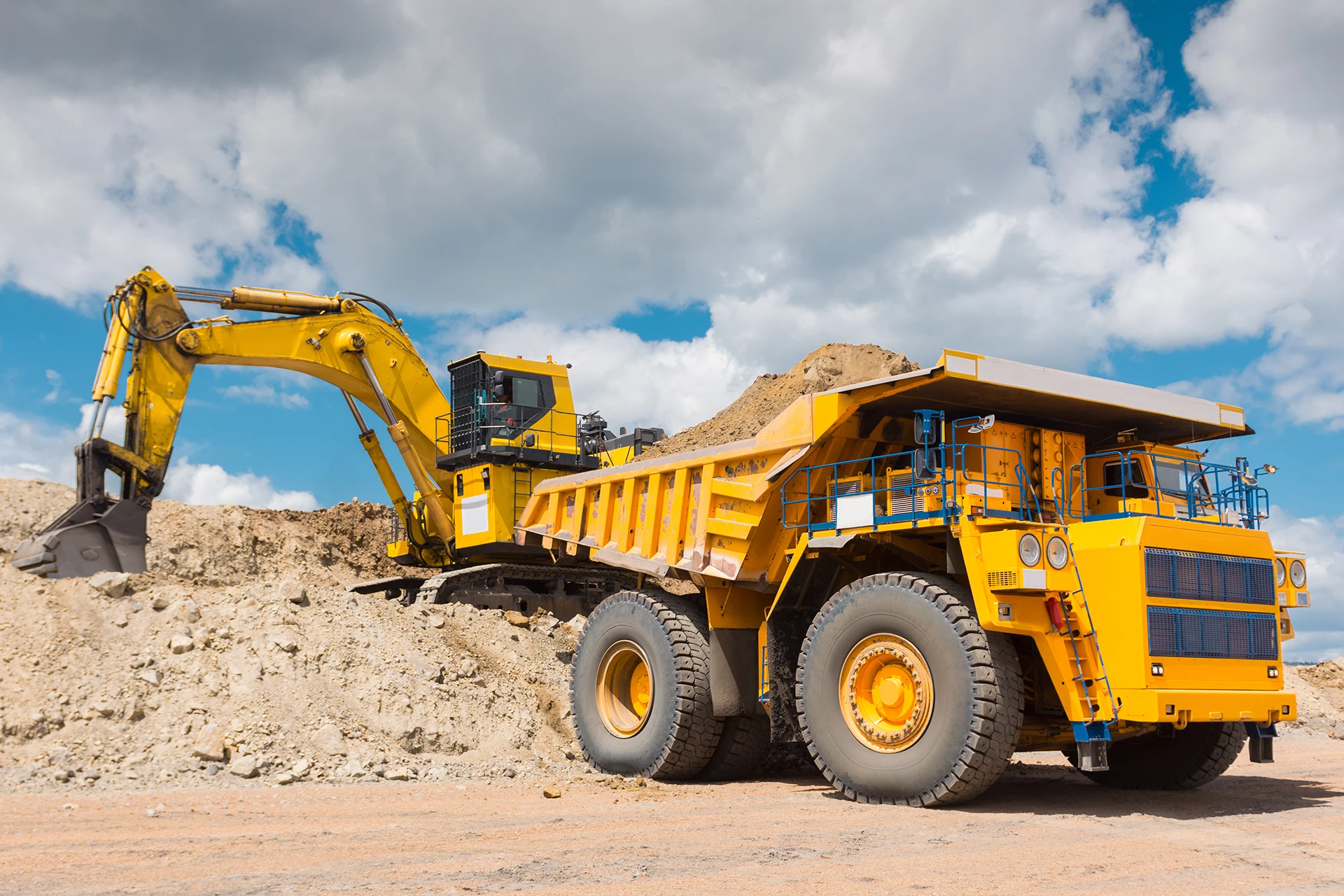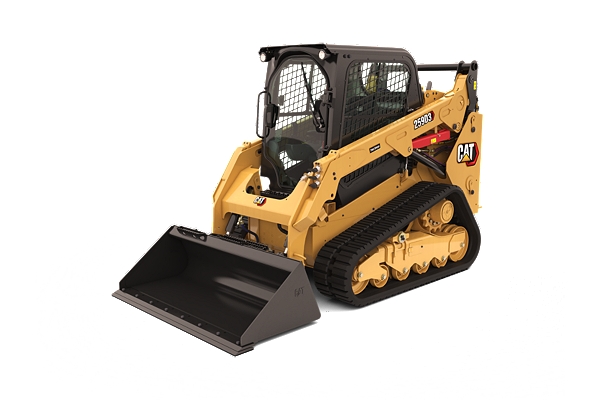Leasing Vs. Buying Construction Devices: Making the Right Selection for Your Project
When beginning on a construction job, one of the crucial choices that forecast stakeholders and managers encounter is whether to acquire or rent construction equipment. The choice pivots on various aspects such as price factors to consider, task period, equipment maintenance, risk, scalability, and adaptability management.
Expense Factors To Consider
When examining the monetary element of purchasing versus renting out construction tools, the upfront prices and long-term expenses should be very carefully taken into consideration. Renting equipment often requires lower preliminary repayments contrasted to acquiring, making it an attractive option for short-term jobs or contractors with budget constraints. Renting gets rid of the requirement for big funding outlays and minimizes the monetary risk associated with equipment ownership, such as upkeep and devaluation prices. However, in the future, continuously renting out devices can collect greater expenses than acquiring, especially for extended jobs.
On the various other hand, getting construction equipment includes greater ahead of time prices but can result in long-lasting savings, especially for long-term tasks or frequent users. Ultimately, the decision between renting and purchasing building and construction devices pivots on the task's period, regularity of usage, budget factors to consider, and long-term monetary goals.
Task Duration

On the other hand, for long-term projects or ongoing construction job, getting tools might be the a lot more affordable alternative. Purchasing equipment can bring about cost savings in the future, particularly if the devices will certainly be frequently made use of. Additionally, possessing tools supplies a feeling of control over its schedule and enables modification to fit particular job requirements.

Devices Upkeep
Given the critical duty project period plays in identifying the most cost-effective technique between buying and renting out building and construction devices, the emphasis currently moves in the direction of taking a look at the vital element of tools maintenance. On the various other hand, having equipment calls for a positive technique to maintenance to avoid breakdowns, make certain safety, and expand the tools's life expectancy. Inevitably, a properly maintained construction equipment fleet, whether rented or owned, is crucial for the successful and effective completion of building projects.
Adaptability and Scalability
In the world of building equipment management, the facet of adaptability and scalability holds considerable value for job efficiency and resource utilization. Opting to rent out building tools gives a high degree of adaptability as it permits the fast change of equipment types and quantities based on the progressing needs of a project. Leasing allows professionals to access a vast array of specialized devices that might be needed for specific tasks without the long-lasting dedication of possession. This flexibility is specifically helpful for tasks with varying demands or uncertain periods (forklift rental).
Renting building tools provides the benefit of quickly scaling operations up or down as project demands rise and fall. Service providers can quickly trade or include devices to match the task's changing requirements without the restraints of having possessions that may come to be underutilized or outdated.
Risk Administration
Efficient danger management in building and construction tools procedures is critical to guaranteeing task success and mitigating prospective financial losses. Building and construction jobs inherently entail various dangers, such as devices failures, accidents, and project delays, which can considerably affect the task timeline and budget plan. By meticulously taking into consideration the risks linked with owning or renting building and construction equipment, task supervisors can make educated choices to decrease these potential threats.
Leasing building and construction tools can offer a level of risk reduction by transferring the obligation of repair and maintenance to the rental business. This can minimize the financial burden on the forklift rental job proprietor in case of unexpected tools failures (equipment rental company). Additionally, renting gives the versatility to accessibility customized devices for certain task stages, lowering the threat of owning underutilized machinery
On the various other hand, having construction equipment provides a sense of control over its usage and maintenance. Nonetheless, this additionally indicates bearing the full duty for repair services, maintenance costs, and depreciation, raising the economic dangers related to devices possession. Cautious threat assessment and factor to consider of elements such as job period, tools application, and upkeep needs are crucial in identifying the most ideal option for effective threat management in building and construction jobs.
Final Thought
Finally, when choosing in between purchasing and renting construction devices, it is very important to think about expense, project duration, tools upkeep, scalability, danger, and flexibility monitoring. Each aspect plays an important function in establishing the most ideal alternative for the project available. By meticulously reviewing these aspects, task managers can make an informed decision that straightens with their budget plan, timeline, and general job objectives.
